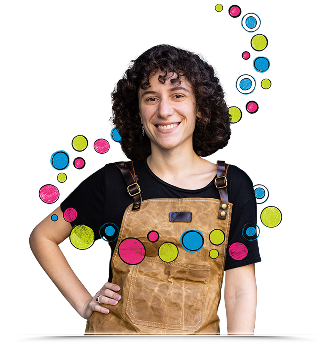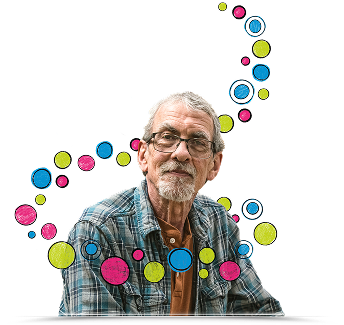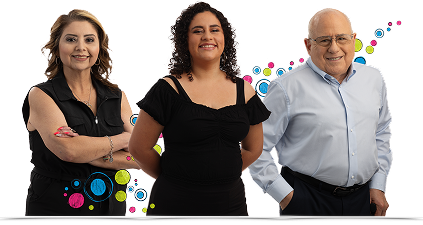FITTING VPRIV INTO YOUR LIFE
Living with GD1 sometimes means factoring in some extra planning and thinking ahead, and might mean you need some extra support an guidance as you journey through life.
The people in these hypothetical patient profiles have experienced growing up and living with GD1, navigating through various stages that you might be facing in your own life. Their experiences might help you navigate your own, similar circumstances.
ALISON – TREATMENT CHOICE
NATASHA – PREGNANCY DONNA – TAKING OTHER MEDICATION MICHAEL – FINDING SUPPORT JOHN – RETIREMENT AND TRAVELING
*Patient profiles for illustrative purposes only and do not depict actual patients
*Patient profiles for illustrative purposes only and do not depict actual patients
KEY TOPICS
- Taking Responsibility for Your Care
- Enrollment and Authorization
- Considering Treatments
- Home Infusions
ALISON’S STORY*
Initially considered as anemic, Alison was diagnosed with GD1 in her early 20s after one of her doctors suggested there might be more to her symptoms. At the time, Alison was enjoying living at home with her parents after college, and was on their insurance plan. She decided to take more responsibility for her care and worked with a multidisciplinary team, including a geneticist, to coordinate initiating her treatment on VPRIV in a local infusion center.
A few months later, Alison was excited to get a job at a nearby company. She worked with a Patient Support Specialist from Takeda Patient Support to address her concerns in navigating the insurance enrollment process for her new insurance plan. Together, they secured coverage for VPRIV and obtained the necessary authorizations.
When Substrate Reduction Therapy became available a few years later, Alison decided to give it a try after conversations with her doctor. She made the switch in treatments; however, after some time she decided to make the switch back to VPRIV.
After a promotion, Alison’s career became more time-demanding, and she became too busy to make the trip to the infusion center. She worked with Takeda Patient Support to transition to home infusions. Now aged 28, Alison is excited by the progress she is making in her career, and sees her home infusions as just another part of her life.
 BACK TO ALL PROFILES
BACK TO ALL PROFILES






